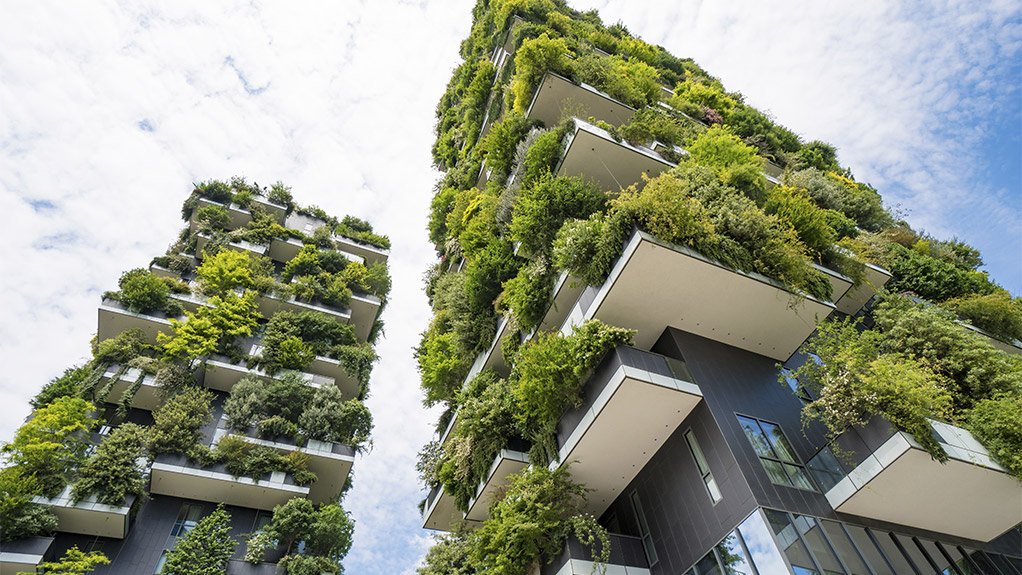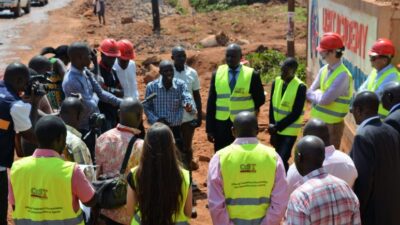Environmental concerns, rising energy costs, and global emphasis on sustainable development have propelled Uganda’s nascent green building movement. From solar-ready homes to rainwater harvesting and eco-materials, developers and policymakers are increasingly prioritizing structures that reduce carbon footprints and operational expenses.
Market Catalysts
- Energy Security & Cost Savings: With grid electricity reliability at 80% uptime and commercial rates averaging UGX 500 per kWh, solar photovoltaic (PV) systems offer attractive returns, often recouping installation costs within 5–7 years.
- Regulatory Incentives: The Ministry of Water and Environment introduced the Green Building Dual Incentive Package in 2024, offering import duty waivers on PV panels and tax rebates for buildings achieving the Uganda Green Building Council (UGBC) certification.
- International Pressure & Funding: Access to concessional finance from institutions like the World Bank’s Green Climate Fund (GCF) and grants through USAID’s Power Africa program has enabled pilot projects such as the Kololo Eco-Hub.
Technologies & Practices
- Solar Integration: Over 150 residential and commercial projects registered PV installations in 2024, including grid-tied and off-grid hybrid systems. Leading suppliers like Solafrique Uganda report a 30% year-on-year increase in panel sales.
- Water Conservation: Developers incorporate rainwater harvesting tanks with capacities of 10,000–20,000 liters per unit, supplemented by borehole drilling, reducing dependency on NWSC supply.
- Eco-Materials & Passive Design: Use of stabilized compressed earth blocks (SCEB), local timber, and passive ventilation designs lowers embodied energy and enhances indoor comfort without active cooling systems.
Challenges & Barriers
- Upfront Cost Premiums: Green-certified buildings carry a 10–15% higher initial cost, deterring price-sensitive buyers in a market with an average per capita monthly income of UGX 350,000.
- Skill Gaps: Limited local expertise in green construction techniques necessitates international consultants, further inflating project costs.
- Certification Awareness: Only 25% of developers pursue UGBC certification due to perceived complexity and unfamiliarity with the rating system.
Private Sector Initiatives
- Capacity Building: UGBC, in partnership with Makerere University’s Department of Architecture, launched training programs in 2024 to upskill 200 local professionals in green design and certification processes.
- Financing Mechanisms: Eco-loan products—offered by GreenFund Bank—provide 70% financing for green upgrades at 12% interest over 10-year tenors, incentivizing retrofits and new builds.
- Pilot Green Communities: Projects like the EcoCity Estates in Kira demonstrate holistic sustainability, integrating solar microgrids, communal waste recycling centers, and permaculture gardens.
Investor Implications
- Long-Term Savings & ESG Appeal: Investors in green projects benefit from operational cost reductions of 20–30% and align with Environmental, Social, and Governance (ESG) criteria, attracting international institutional funding.
- Market Differentiation: Early adopters gain reputational advantages and can command premium pricing of up to 12% over conventional developments.
- Potential Policy Windfall: Proposed carbon credit schemes under Uganda’s Nationally Determined Contributions (NDC) could unlock supplementary revenue streams for certified green buildings.
Conclusion
Uganda’s green building movement is at an inflection point, driven by economic, environmental, and regulatory forces. As capacity building and financing mechanisms mature, green structures will transition from niche pilots to mainstream developments. Watch for increased UGBC certifications and potential introduction of a national green building code by 2026



